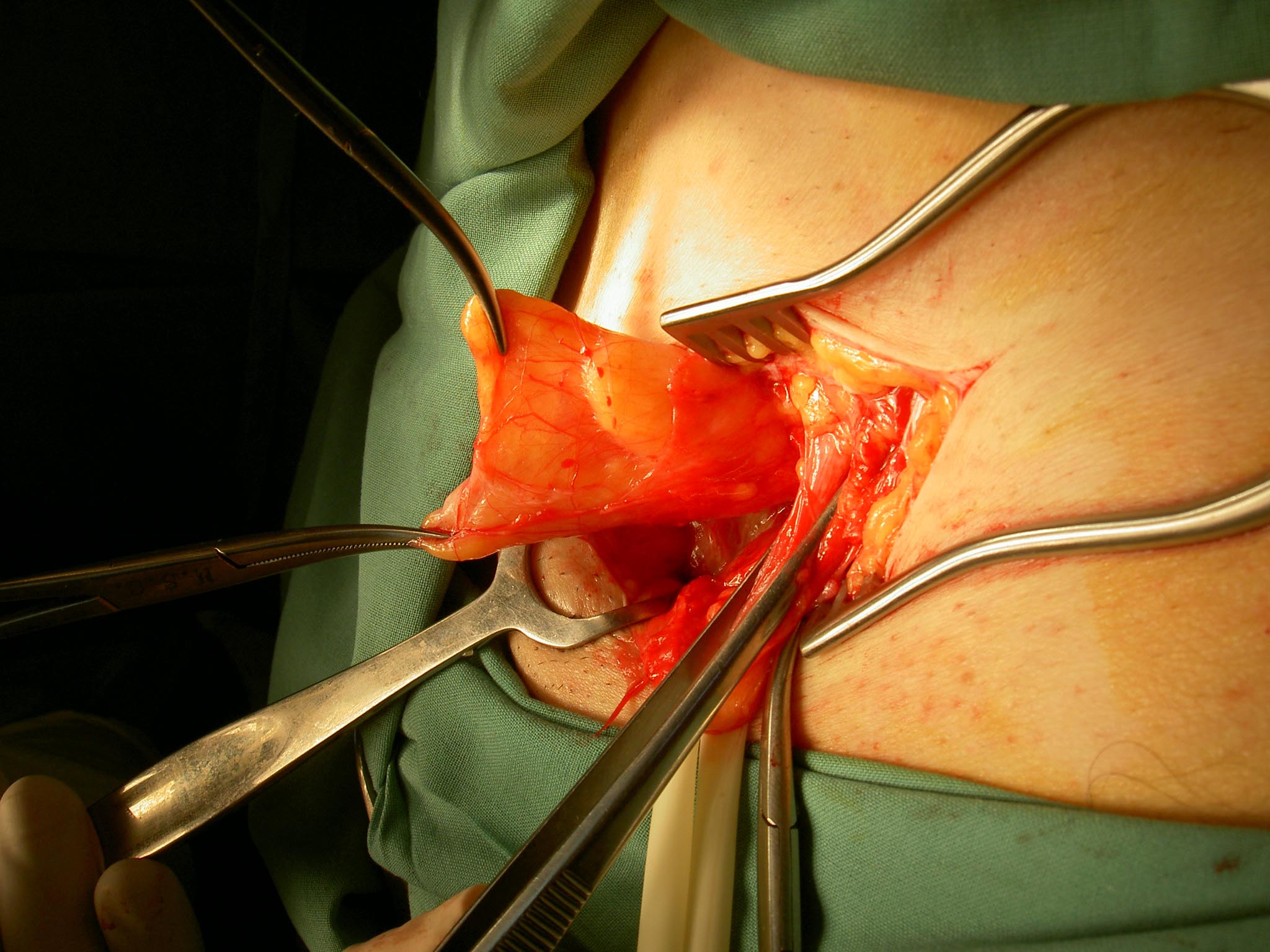|
The
use of mesh in hernia repair, risk management and the advantages of day
surgery - |
||
|
It is
more difficult to perform bilateral hernia repair under local
anaesthesia because of the volume of local anaesthetic required and the
time taken to do the procedures. Some believe that performing surgery on
both sides at the one time leads to an increased risk of complications
and recurrence due to excessive tension on the repair. Two to three days can be left to lapse between sides, but this is often inconvenient and costly because of longer hospitalisation. The overall benefits are thought by some to be worthwhile. PRE-OPERATIVE MANAGEMENT Psychological preparation Most patients are apprehensive before any procedure, whether it be local anaesthetic or general anaesthetic. A calm reassuring manner, with confidence in the technique will go a long way – a. at the initial consultation b. in the hospital pre-operatively, and c.
in the theatre area. This approach is essential at all stages. Premedication It is not usually necessary to use Atropine or any such drying agent pre-operatively when using local anaesthetic. Oral or parenteral analgesics or hypnotics may be given. |

MANAGEMENT IN THEATRE The patient’s face is
screened off from the operating area. Some patients request to view the
steps in the procedure but this is usually resisted. The patient is monitored as
with a general anaesthetic. The pulse, blood pressure and respiratory
rate are recorded. Oxygen levels can be monitored simply now, with an
oxygen monitor. It is surprising the low levels sometimes attained. The patient appreciates an
explanation of the measures. This distracts the patient and reduces
anxiety. When the incision has been made the patient fully relaxes,
knowing that all is well and that there is no risk of pain. |
|